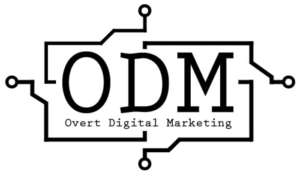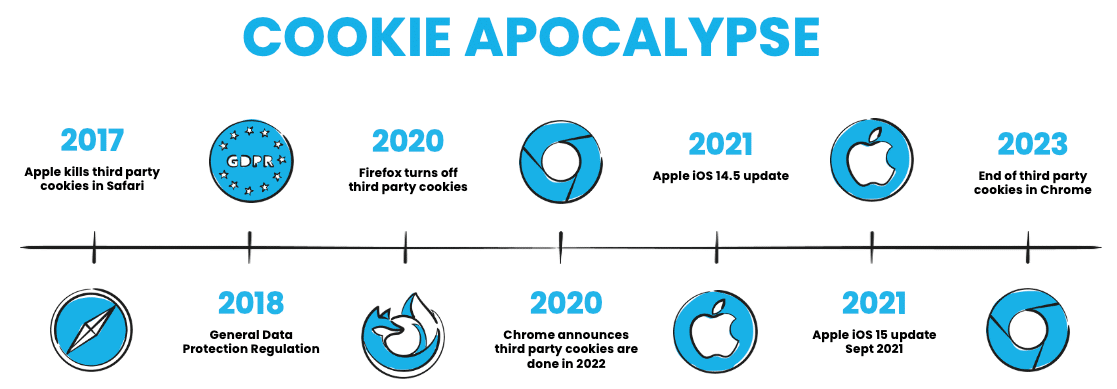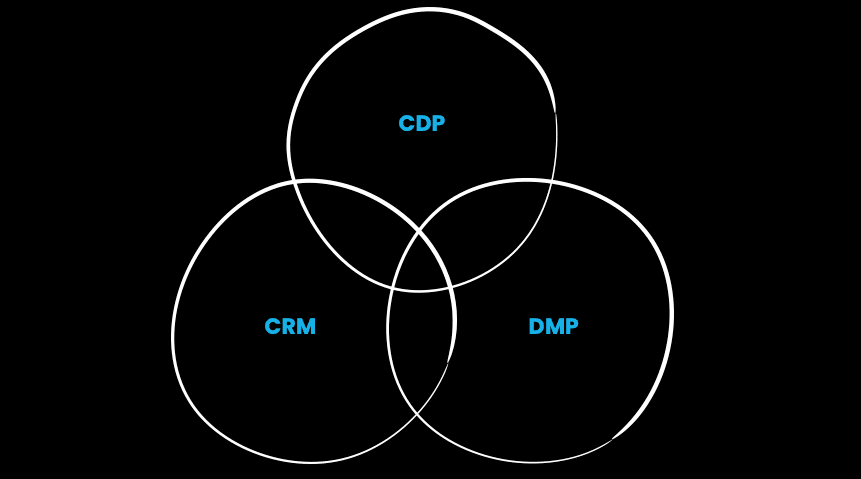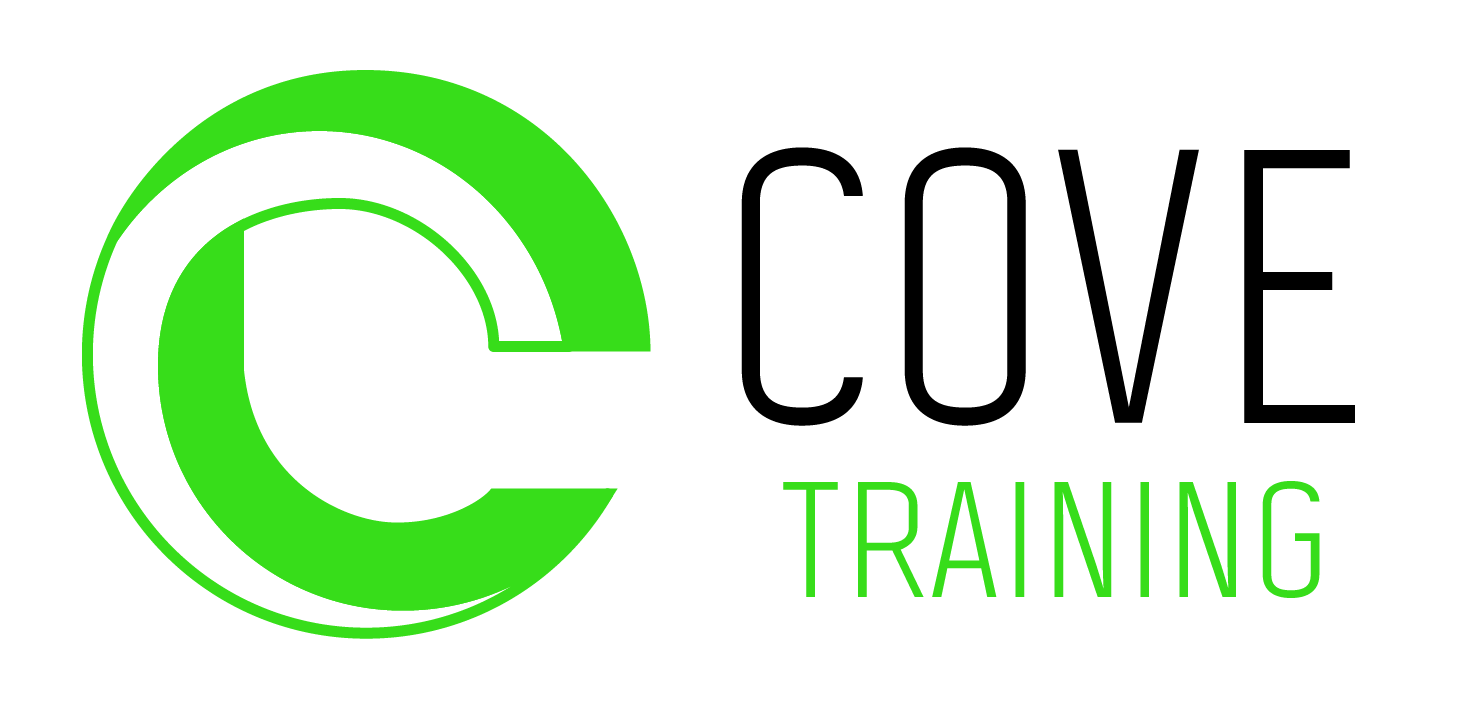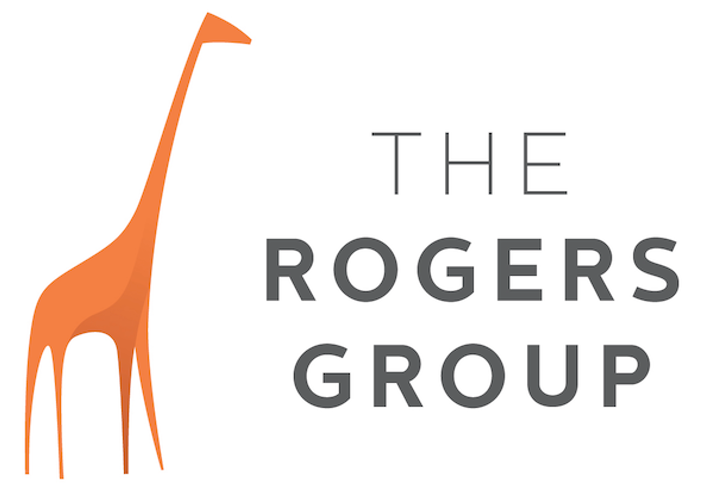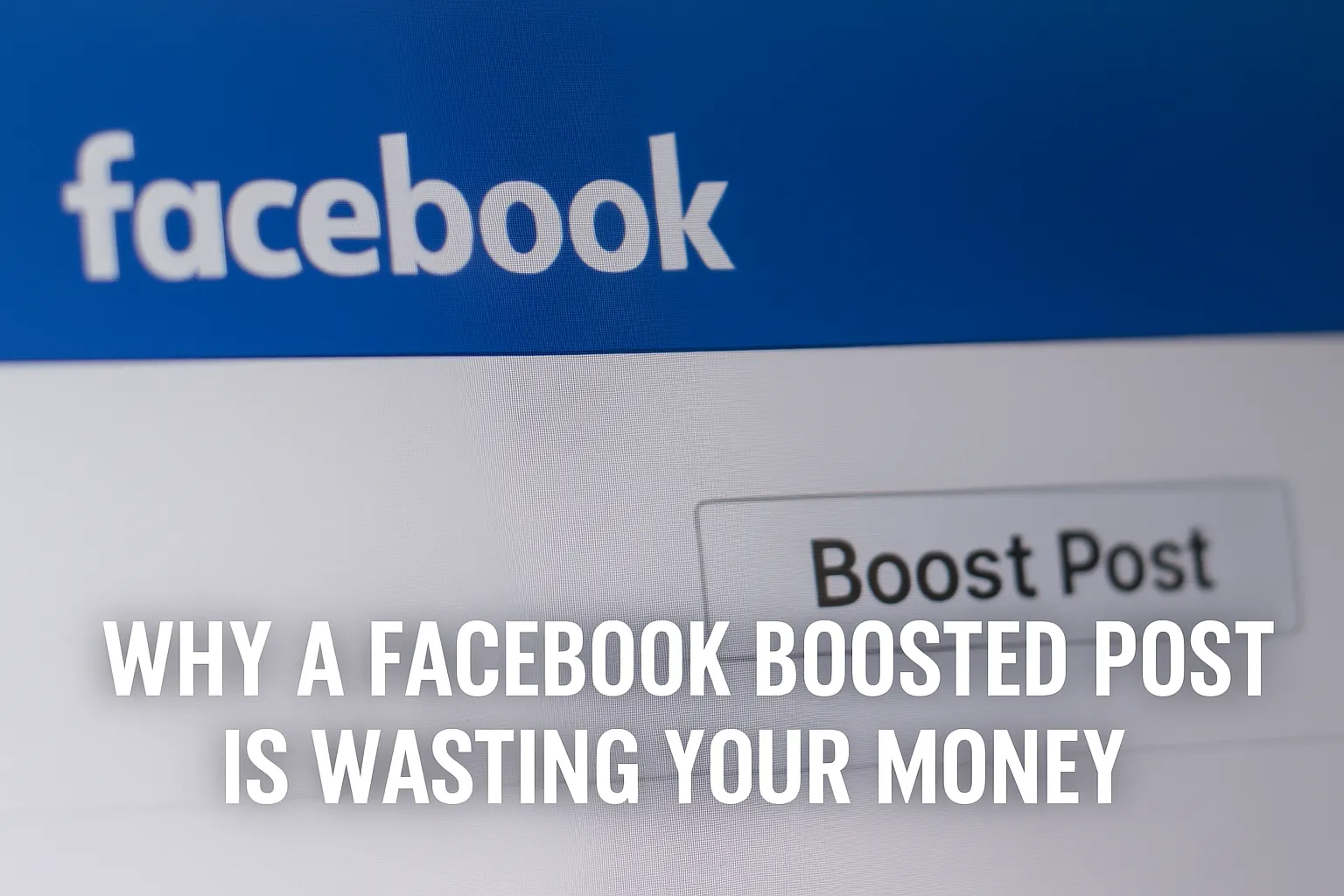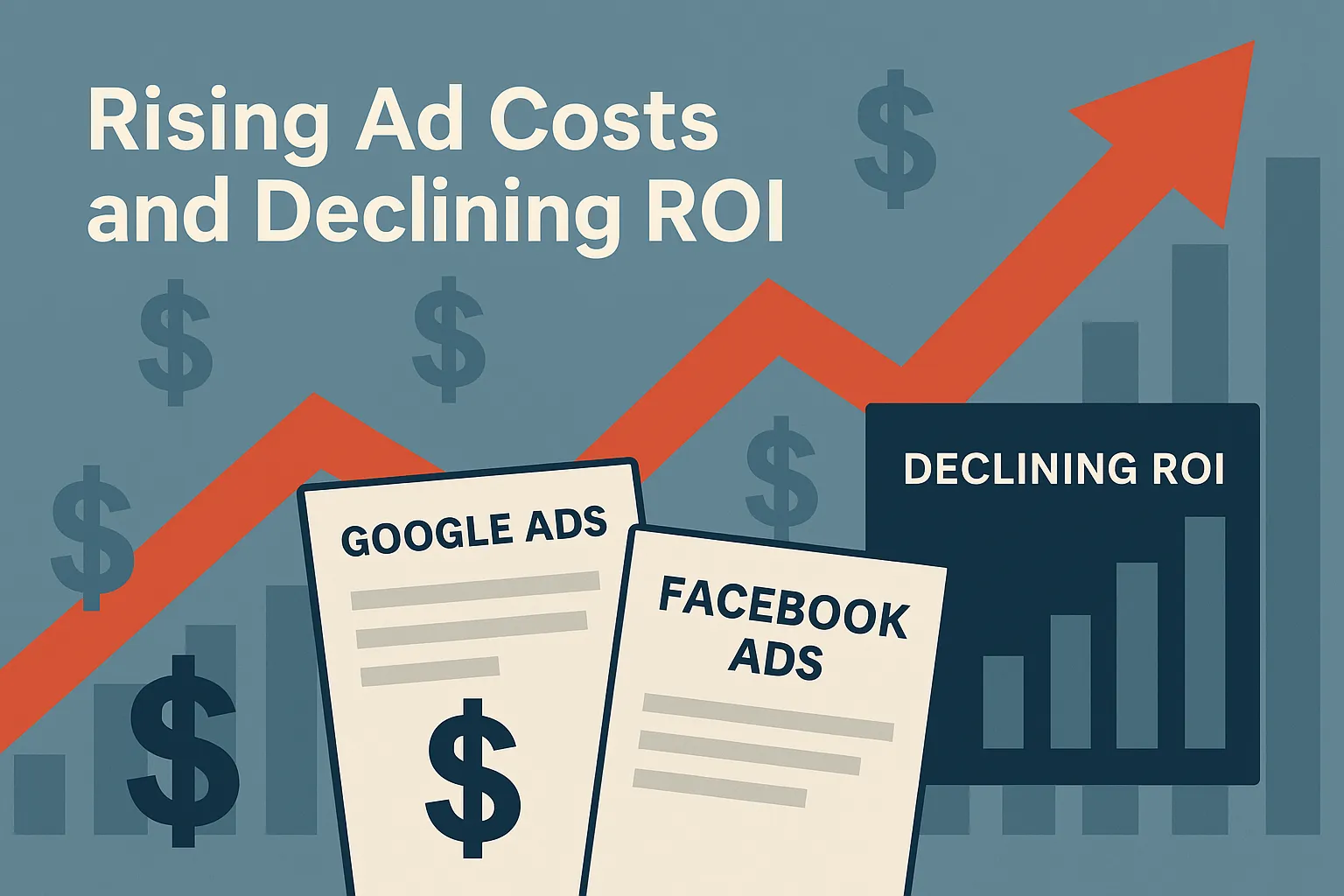Have you ever wondered what happens if you agree to accept cookies on the website you have just visited? Information about you like your behaviour, shopping cart, or searches get saved on your browser. This kind of dynamic is often used in digital marketing to retarget ads. This is also why, after looking at a specific product on a website, the ads popping up have the products you previously looked at.
Issues with cookies
It sounds all good and effective, but what is the catch? From a digital marketing perspective, cookies can expire and be unreliable. Once you clear out your browser history, they get deleted as well. This means that the advertiser or whoever is trying to target you is back to square one.
Cookies can also track your personal identifiable information (PII), such as email address. Those spam you have been receiving, could have been partially due to third party cookies. Because of this, privacy restrictions have been put in place.
Changes in the cookie world
As early as 2017, many web browsers, like Safari and Firefox have gone cookieless. All these changes forced Facebook or Meta to change its attribution model from 28 days 7 days. The lack of data from 3rd party cookies have also made ads targeting less efficient.
If you are somewhat familiar with conversion data and tracking, you may think, “Oh, I can still use UTM tracking to see conversions in Google Analytics”, but that is actually not enough. It may solve some problems but to get better efficiencies, the conversion data needs to flow both ways. This helps the algorithm work towards optimising your campaigns, whatever the goal might be. So, how do we target customers in a cookieless world? Various technologies are utilised by marketing teams to collect information about their customers.
CRM versus CDP versus DMP
Among them are customer relationship management systems (CRMs) and customer data platforms (CDPs). Both are always brought up when discussing the to-dos in a cookieless world, but what are they? CRM and CDP collect customer data, but how they do that differs.
Basic CRM systems keeps a log of different interactions, be it a lead or a sale but does not connect the dots. A CDP on the other hand connects the dots and creates a customer profile. Because of this, your site visitors will receive personalised communications (Emails) and get served ads that are very relevant to them.
As for data management platform (DMP). How is it any different? Unfortunately, DMP uses a lot of third-party data and is going to struggle in a cookieless world.
Best ways forward
First, with Facebook or Meta, you need to verify your website with Facebook. It will allow you to prioritise eight events. If you are in the E-commerce market, your purchase event can take up to 4 events but this helps you drive higher-value purchases.
Second, you need to clean your database, which is your first party data, and focus on active customers. It can easily get messy if you are collecting user information from various sources and they are putting random or fake information. So always make sure that you have all the fields cleaned up.
Third, use segmentation. It is much easier to blast the same offer to everyone, but segmenting your audience and serving them more relevant messages will drive better engagement and results. Start small, test and see what works best.
In these changing times, we are constantly challenged to keep up on ways that would increase our engagement with our customers. Could there be more tracking protections and limitations on its way? Certainly, Google is going cookieless in 2023. So adapting now and adopting first party data over cookies and third party data is the best way forward.
By Manesh Ram, Digital Marketing Specialist. Please follow @maneshram & Meta
